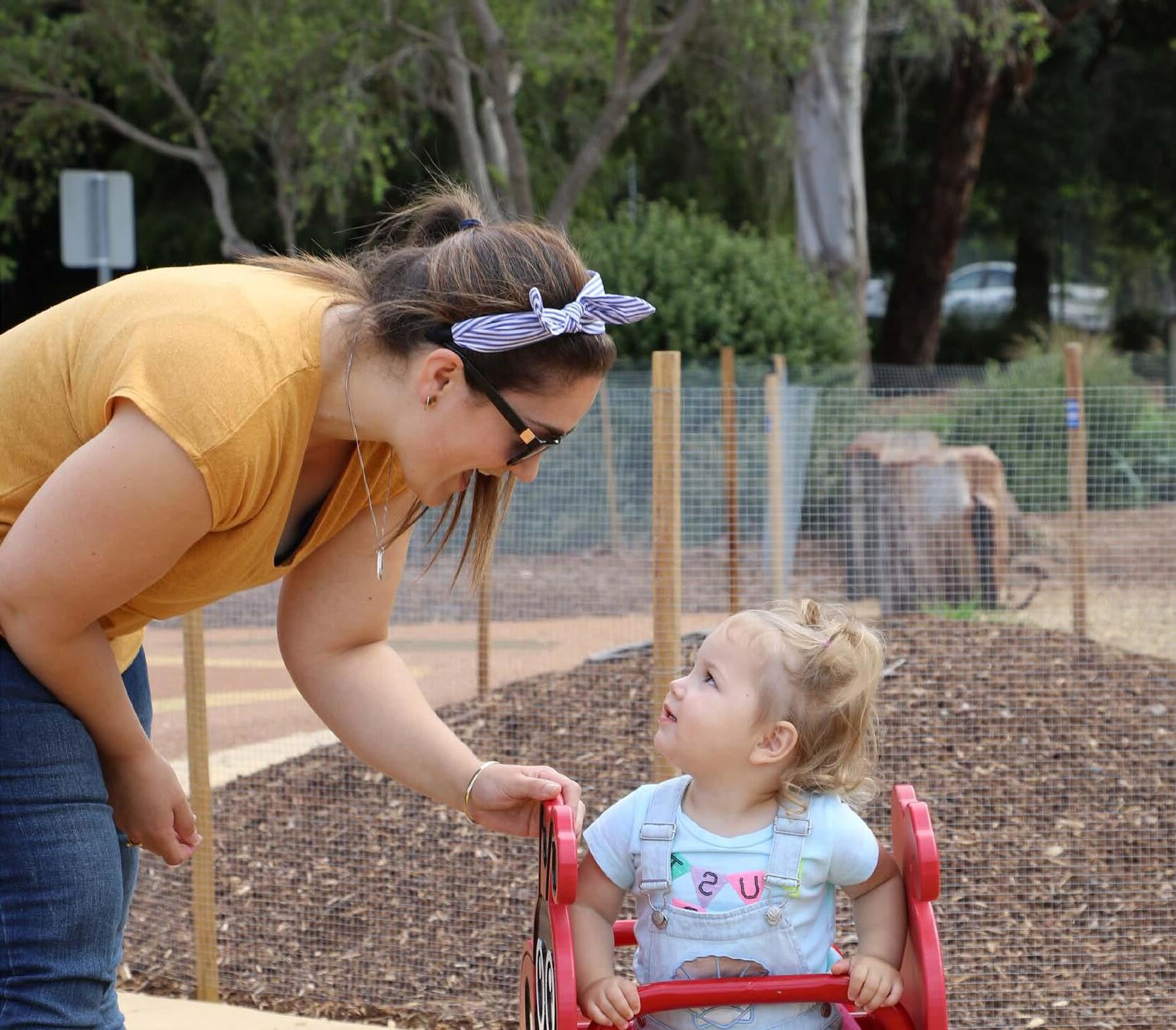
2 minute read
Why a strategy for play?
Play is mostly experienced through being and doing. Play is about activity, participation and exploration; it contributes to physical development, by testing boundaries and learning new skills and information. Play develops confidence in self, collaborations with others and situation judgment.
Play involves interaction with others, an opportunity to communicate feelings and intentions, negotiate and compromise.
Advertisement
Play can be a chance to let off steam and energy, or imagine and create. The value of play to our physical and emotional wellbeing is immeasurable, tackling contemporary health issues of all kinds.
Some of the key community benefits for municipal play and research that supports them are outlined below:
Business and tourism
Increased physical activity
• Only 1 in 10 young people in Australia meet the physical activity recommendation of 60 minutes per day
• Less than 30% of young people (5‐17 years) in Australia meet the recommended no more than 2 hours screen based entertainment per day
• Research shows that presently only 1 in 3 children in Australia engage in ‘free play’ outdoors daily
Healthier community
• 1 in 4 young people in Australia are obese or overweight
• Anxiety related problems are increasing amongst children with an incidence 10 times that of diabetes
• Contact with the outdoors and nature is extremely valuable for stimulating full‐body engagement and recovery from fatigue and stress
Liveability
• Active adolescents in Australia report the importance of walkability, including ease of movement within an area to get to parks
• Access to parks and open space is increasingly important given the declining prominence of the suburban backyard and increasing higher density living in Australia
• [Greater] Melbourne’s internationally acclaimed parks, gardens and waterways aren’t just picturesque, soothing and cooling, but central to efforts to attract visitors who will spend an estimated $25 billion by 2027
• In [Greater] Melbourne, the amenity value for some 12,000 residents immediately adjacent to metropolitan parks alone is estimated at $21–28 million a year
Social connection
• Green space amenities like urban parks, gardens or community gardens also provide neighbours with an opportunity to build community by facilitating interaction through chance encounters
• The quality of public space (shaded areas, public seating, connected pedestrian walkways, etc.) also contributes to social cohesion and building community
Environmental stewardship
• Most people will only come to care for the environment if they come to love nature through personal experience
Why call it a playspace?
The term playspace refers to the broader landscape environment in which sits play equipment, nature play elements, paths and undersurfacing, shade, furniture, planting and sometimes art elements and fencing. It replaces the older term playground, which is typically associated with modular play equipment and undersurfacing.
The current state of play
Council currently manages 123 playspaces, 5 skate facilities, 2 BMX facilities and 15 youth spaces (including ball courts and scootering) across Frankston City. There are also 2 main aquatic centres, PARC in Frankston and The Pines in Frankston North.









